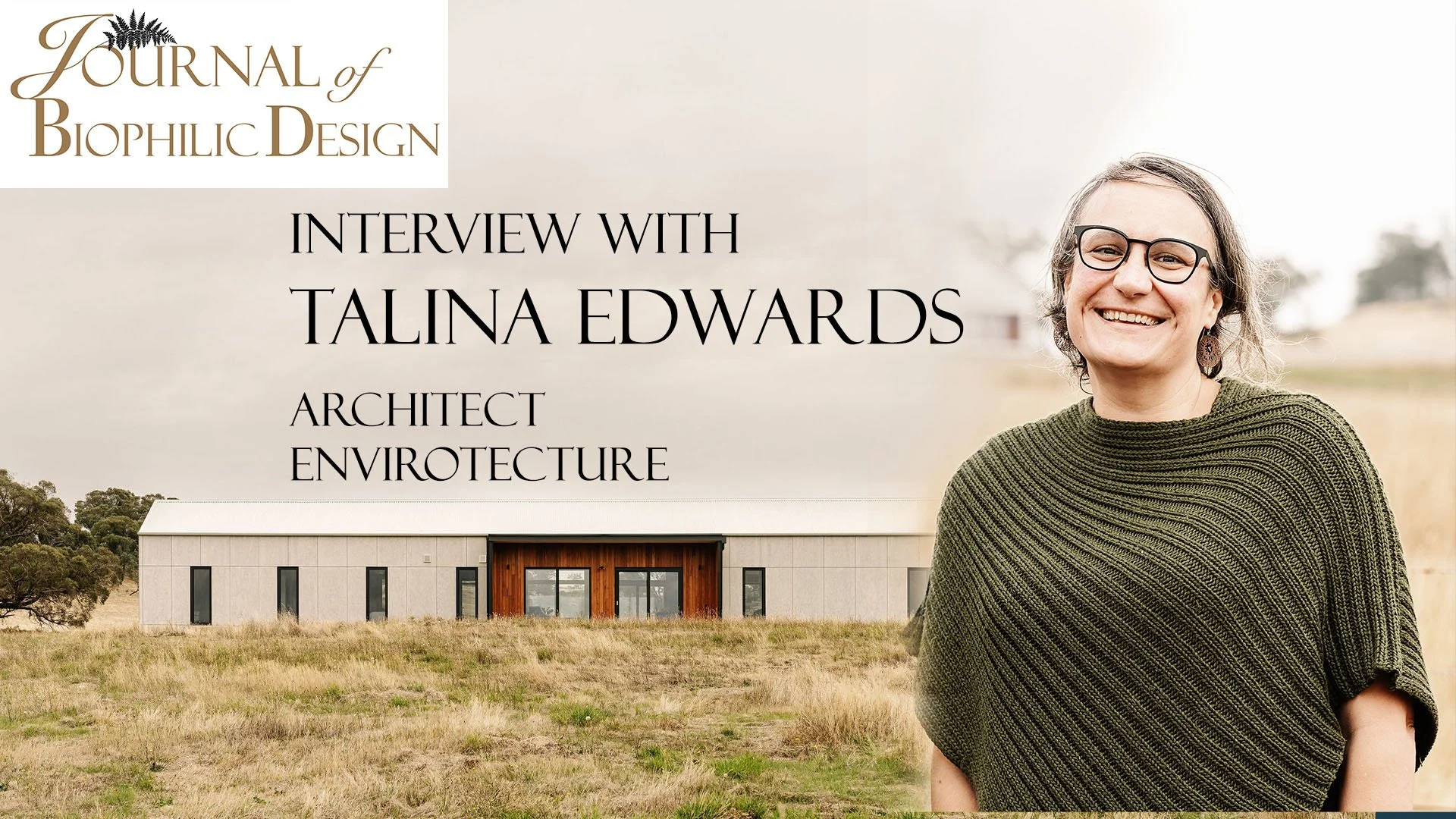Talina Edwards, founder of the award-winning architecture firm Envirotecture, shares her passion for sustainable, biophilic design that reconnects people with the natural world.
Based in Ballarat, Victoria, Talina and her team are at the forefront of a movement to transform the way homes and buildings are constructed in Australia. "We really care about health, we really care about people, and we really care about the planet, because we want a healthy, thriving future for the future generations," Talina explains. This ethos underpins Envirotecture's work, which spans certified PassivHaus projects, off-grid homes, and advocacy for more environmentally-conscious building practices.
One of Talina's standout projects is the "Huff and Puff" house, a straw bale home that also achieved PassivHaus certification. "We wanted it to be very healthy. The clients were very keen on using straw because of being so connected to the land there. So that drove the whole project," she said. The home's thick straw walls, combined with careful solar orientation and triple-glazed windows, allowed it to meet the rigorous PassivHaus standard while still maintaining a strong connection to its natural surroundings.
This connection to place is a crucial element of biophilic design, which Talina sees as essential for shifting societal mindsets around sustainability. She believes that biophilic principles can have a profound impact. ..
Read on and listen to /watch the podcast


